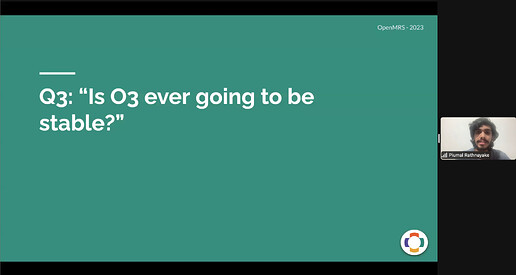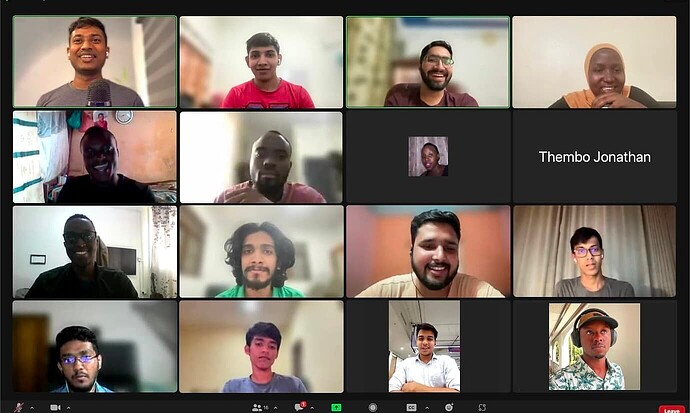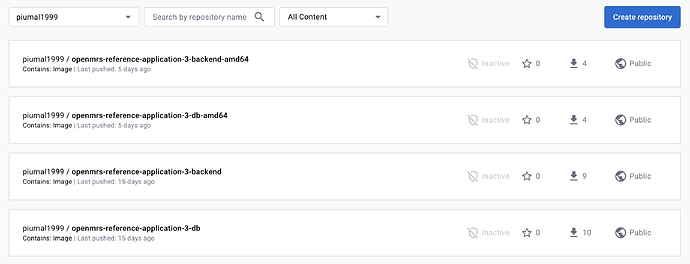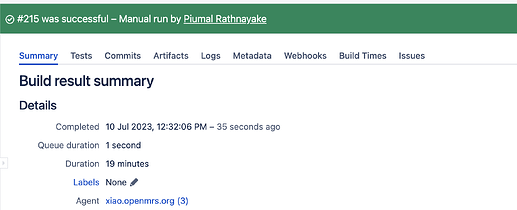Hello everyone! I’m Piumal, a Computer Engineering undergraduate passionate about open-source software. I joined OpenMRS back in 2020 and since then, I have been contributing to several projects at OpenMRS. I also participated in Google Summer of Code at OpenMRS in the last two years.
I’m happy to announce that I have been selected as a QA Engineering Fellow for the OpenMRS Fellowship program. I’m really excited to start my fellowship journey and contribute towards the development of OpenMRS while further enhancing my skills with the guidance of my mentor @jayasanka. Our focus is on improving the overall product quality and implementing solutions to maintain the product quality while improving the developer experience.
My main goals for the first two weeks of the fellowship were to get to know about the fellowship, refine my fellowship plan, and also to start working on the tasks I got assigned for. On February 2nd, I had a call with my mentor, where we discussed the current state of the Quality Assurance side of OpenMRS and upcoming plans for it. Additionally, we discussed about refining my fellowship plan and goals. On February 13th, we had a comprehensive orientation session for the fellowship, which addressed all of my questions and concerns related to the program.
Apart from those, I had been working on several tasks during this period. As the first task, I was assigned to resolve the random failures on contrib-qaframework 2.x E2E Tests. For that, I went through all the 2.x e2e tests and identified the tests which contains bugs. I initiated this thread to give my updates and to continue the discussion on 2.x e2e tests. Also, I was able to fix 2 of the failing tests with the following PRs.
- RATEST-341: Fix the base url of cypress tests by Piumal1999 · Pull Request #474 · openmrs/openmrs-contrib-qaframework · GitHub
- RATEST-343: Fix the Visit Note tests by Piumal1999 · Pull Request #475 · openmrs/openmrs-contrib-qaframework · GitHub
Meanwhile, I was planning to propose a project for this year’s Google Summer of Code (GSoC) related to QA.
Specifically, the project idea was about implementing an effective unit and integration test strategy for OpenMRS3. More details about the proposal can be found at Ideas for GSOC 2023 - #10 by piumal1999.
We had some discussions on this in the QA squad call as well. However, based on the feedback received, the suggestions were to do this as a fellowship capstone project instead. Also, it was suggested that we can use this as a GSoC project if we can limit the scope of the project to only improve test coverage, with a test strategy implemented by ourselves.
That’s most of it about the first two weeks. And finally, I would like to thank OpenMRS for giving me this amazing opportunity. I’m thrilled to be working with you all and looking forward to contributing to the community’s growth and development.






